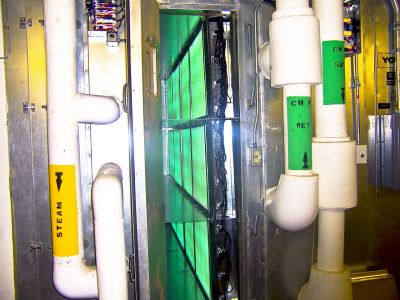Photocatalysis represents one of the cheapest and most effective ways to remove toxic organic pollutants - all that is needed are oxygen and sunlight. Currently, real-life applications of this technique are scarce due to low photocatalytic degradation rates and the high costs associated with construction of the photoreactor.
An EU-funded project, (
4G-PHOTOCAT), will therefore develop a new generation of low-cost nano-engineered photocatalysts for sunlight-driven water decontamination. The consortium combines the expertise of seven academic and three industrial partners from five EU Member States and two countries from Southeast Asia.
Newly developed photocatalysts will comprise titanium dioxide particles joined with nano-structured redox catalysts based on cheap and readily available elements. These will be used in the form of paint, thereby enabling photoactive layers to be successfully applied to different surfaces. Such paintable photoreactors can be used as low-cost devices for sunlight-driven decontamination of drinking and irrigation water from highly-toxic persistent organic pollutants (POPs).
Low-cost painted photoreactors will be used for the sunlight-driven detoxification of POPs in remote rural areas of Vietnam and other countries. The aim is to improve the health of poor and underprivileged people living in areas affected by overuse of herbicides and other toxic organic substances.
The photocatalysts developed by project partners can have other photocatalytic applications such as cleaning of air or solar energy fuel production. The work will also have a major impact on nanotechnology in general, including the areas of catalysis, health, environment, energy and transport. Not surprisingly, the market for photocatalytic applications is expected to boom within the next 10 years.

